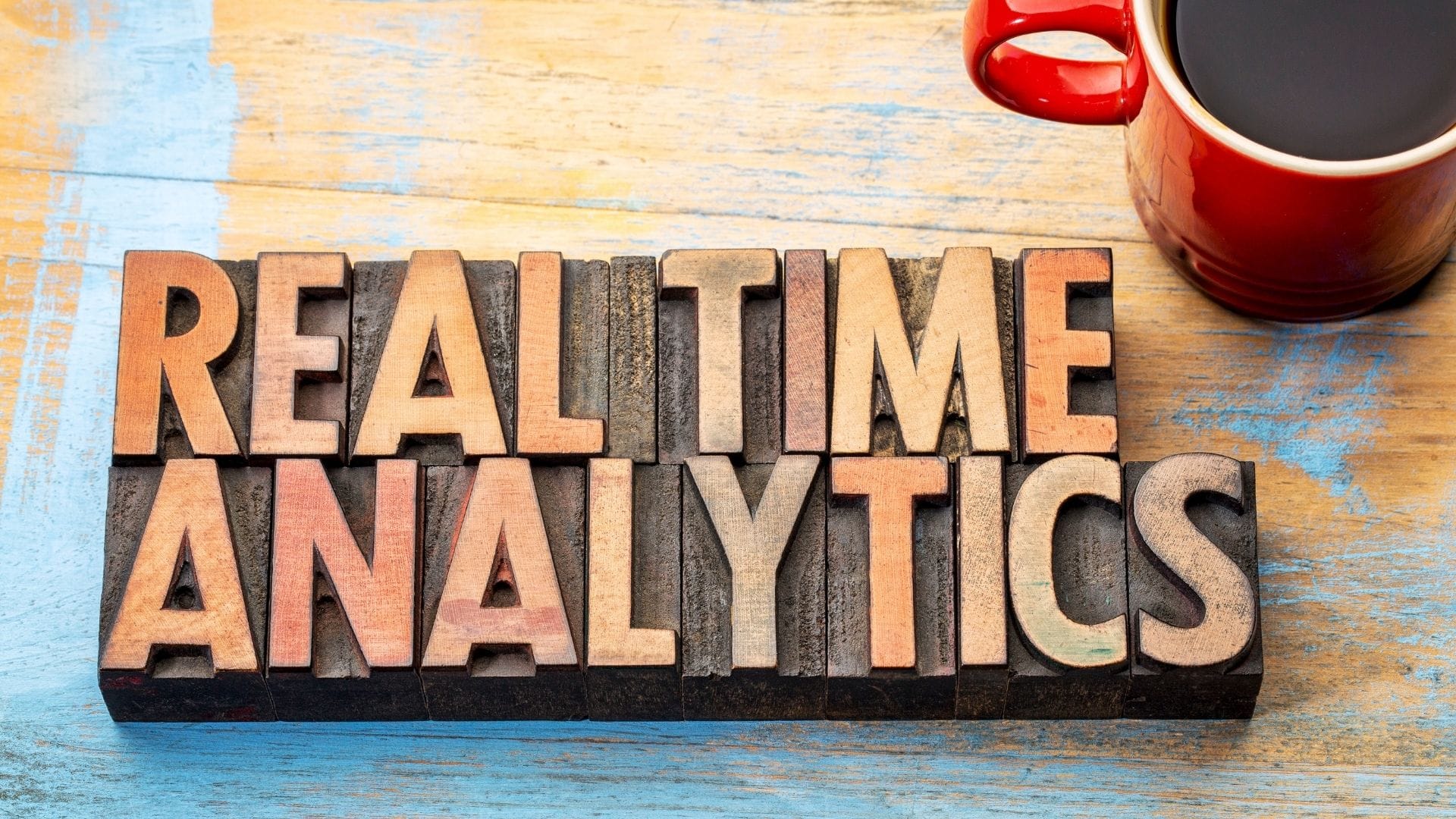
By Andy Campbell, global solution evangelist at FinancialForce
Traditionally, accounting has involved looking at past sets of data and metrics, such as KPIs from previous months and years. However, there are flaws in this approach since relying purely on historical data fails to paint the full picture. As such, the finance department of yesteryear, driven strictly by accounting functions and compliance, is rapidly disappearing.
What we’re witnessing is the transformation of the core function of finance. It no longer simply generates reports, budgets, and plans: it also works with internal stakeholders and customers to provide innovative experiences and organisation-wide value. This requires a dramatic shift in long-established mindsets along with a new level of visibility and rich, timely data, to help increase agility and redefine business models. As a result, firms are able to make more effective and impactful decisions and can gain a competitive advantage.
The importance of modern analytics has increased in recent months due to the Covid-19 pandemic, which has caused entire workforces to work remotely and placed a magnifying glass over the cracks in existing systems. In this new reality, using new systems, as opposed to antiquated spreadsheets, makes it far easier for individuals to share data and information whilst having to work remotely. The use of modern analytics platforms also provides more complete and timely information with which to make business critical decisions. The benefits that financial companies gain through the use of real-time analytics cannot be understated.
Create forecasts which provide greater accuracy
Today’s business world is more fast-paced than it’s ever been, a situation that has been exacerbated by the current crisis. The world changes from day-to-day and even hour-to-hour, meaning that forecasting needs to be done with greater regularity. In a world where a companies’ cashflow position is critical to their survival, the monthly forecasting schedule of old no longer applies and management by spreadsheet isn’t viable.
Modern analytics systems can do far more than traditional spreadsheets ever could. They provide a common, consistent, and timely source of data that can be shared across the whole organisation. By using real-time analytics, data and metrics can be received and analysed more effectively, leading to more accurate forecasts being developed with the result that the organisation makes better decisions.
Additionally, we cannot simply look to the past. It is imperative that a modern analytical approach is used when projecting future performance as it provides far greater levels of insight than just looking at what happened before. The beauty of modern analytics solutions, especially those that embrace advanced AI capabilities, is that they are capable of combining past, present and future information to understand trends upon which to act. For example, finance teams can track previous and current levels of cash flow and revenue alongside future predictive insights, such as rates of renewal and expansion, thus providing the perfect balance. Adding to this, these solutions include advanced forecasting methods—such as predictive time series models and machine learning—that offer a highly accurate view of future cash flow.
Efficiencies and time-saving
But it is not just about getting the best quality information, it needs to be in a form that is easy for users to consume. Executives and managers need access to the right information, in the right format, at the right time and ideally, on the right device.
The answer lies in tailored dashboards designed with the user in mind, with key information highlighted and the ability to focus and drill down for additional details. And by automating the production and distribution of this data not only does this ensure greater adoption, but this also saves time and increases business efficiencies.
A 360 view of the business and its customers
Real-time analytics is not just about the speed with which information can be produced. By unifying disparate data sources into one cohesive and visible whole it is possible to provide a richer and more holistic view of the business. For example, a forward looking cashflow forecast will require information concerning costs and income from a wide variety of sources. This might include revenue forecasts from sales, invoicing and debt, procurement, payroll, accounts receivable and accounts payable to name but a few. Businesses generate valuable data from all departments and an analytics platform enables you to look at the data in meaningful ways and uncover insights you can’t get through traditional systems.
By integrating information from different systems, you can also get a complete view of your customers. You can see patterns emerge that reveal the health of those customers and the profit margin that they deliver. You can then use this insight to better optimise these relationships for mutual benefit. Additionally, the walls between departments can be broken down further by sharing workflows and approval processes, through the use of common reporting and analytics tools.
This is critical for service businesses, or companies that run a subscription-based model, where customer loyalty and renewals are the difference between a healthy, thriving business and one in the red. Analytics can enable you to understand the behaviour of those customers that continually renew—and the patterns of those who don’t. That information creates opportunities to establish what is causing customers churn and what you can do to address the issue. In addition, by understanding the true cost to serve and establishing the real levels of profitability it is possible to distinguish and prioritise those customers that are the most important to retain.
Real-time analytics provides the opportunity for businesses to not only predict upcoming opportunities or roadblocks faster but understand why they exist in the first place. A 360-degree view of your own business and your customers provides the insights to make genuinely impactful decisions for the benefit of the business. With these benefits realised through these new technologies, the finance function is now capable of synthesising a broader range of information and becoming more influential within the organisation.


